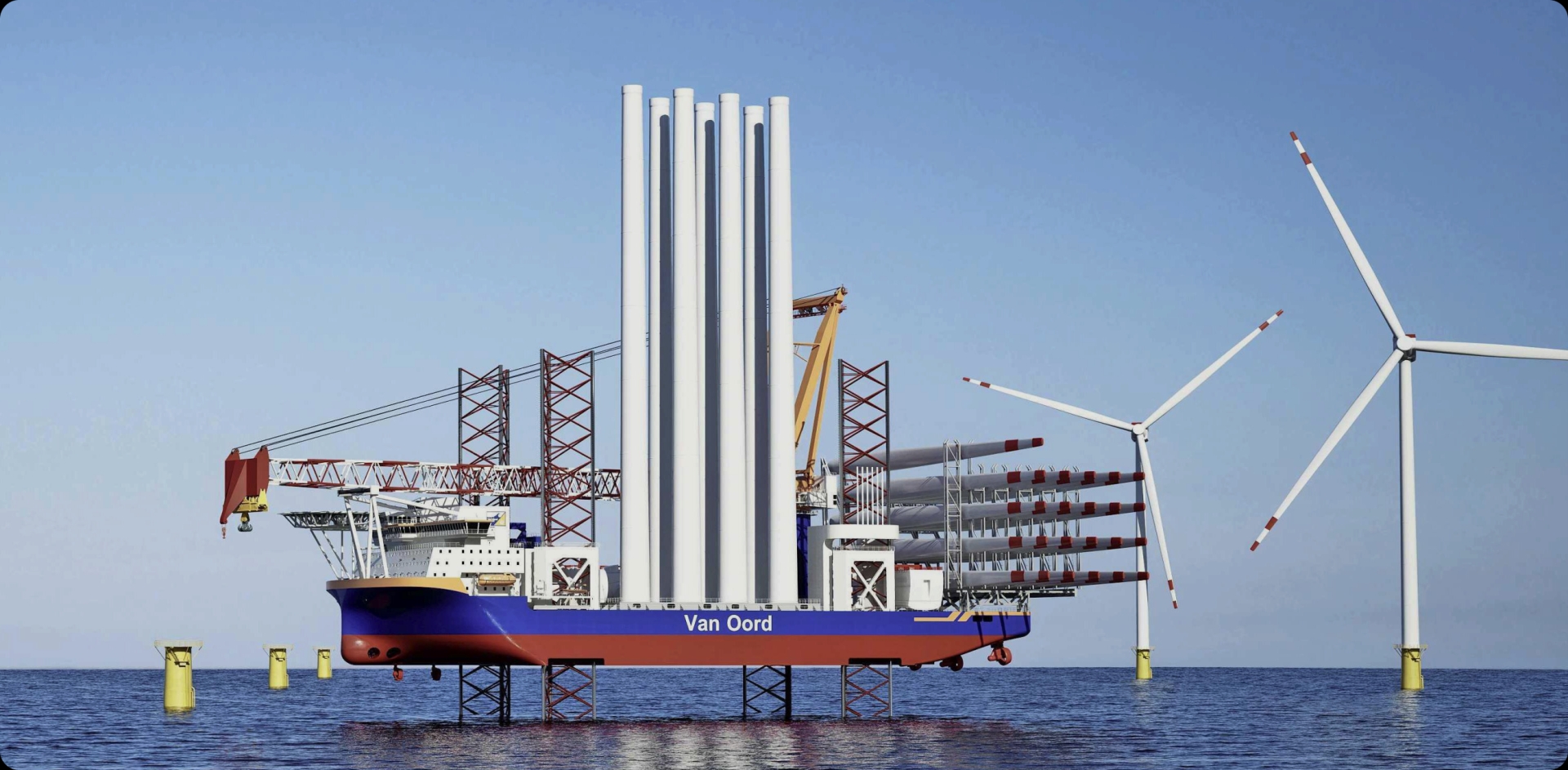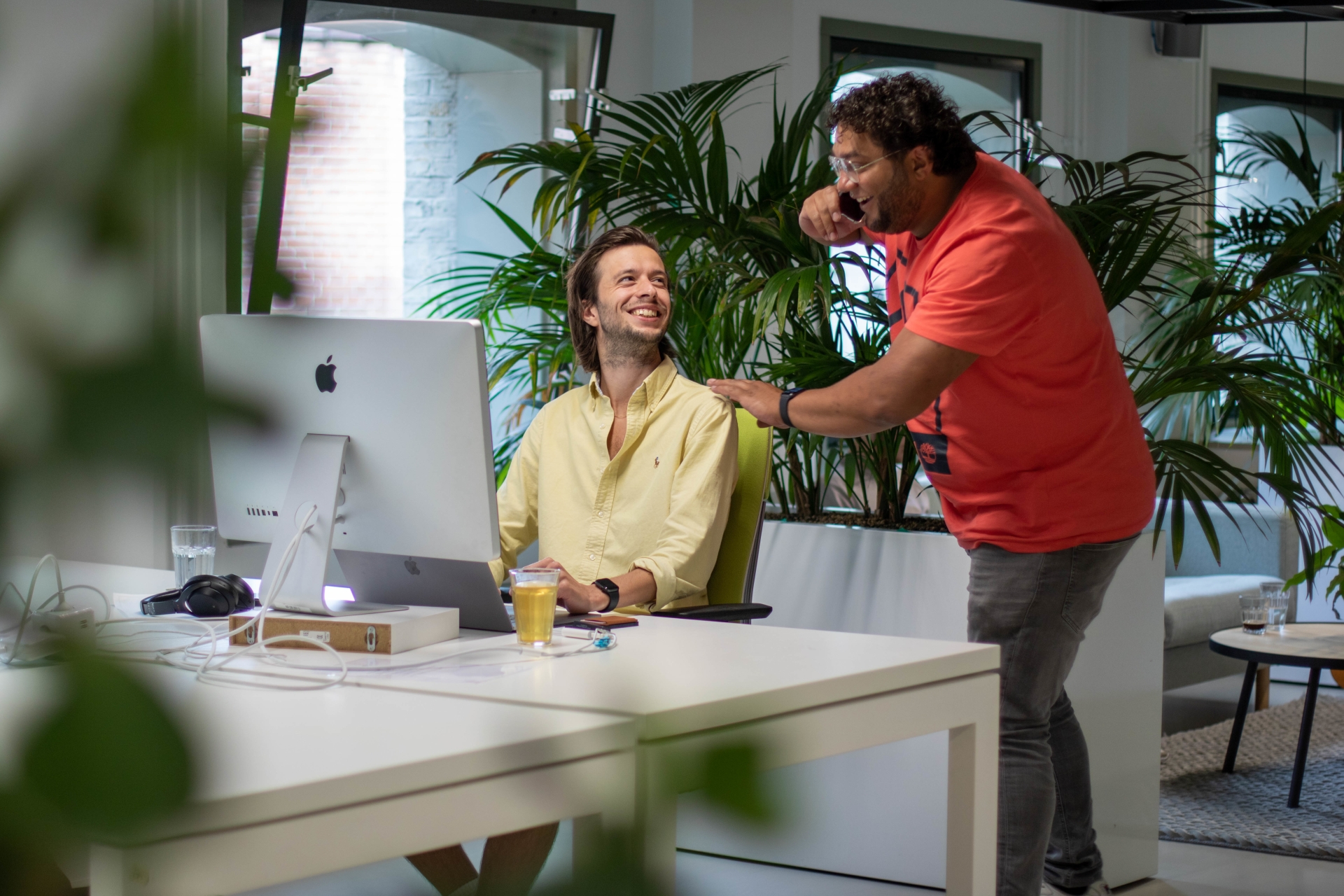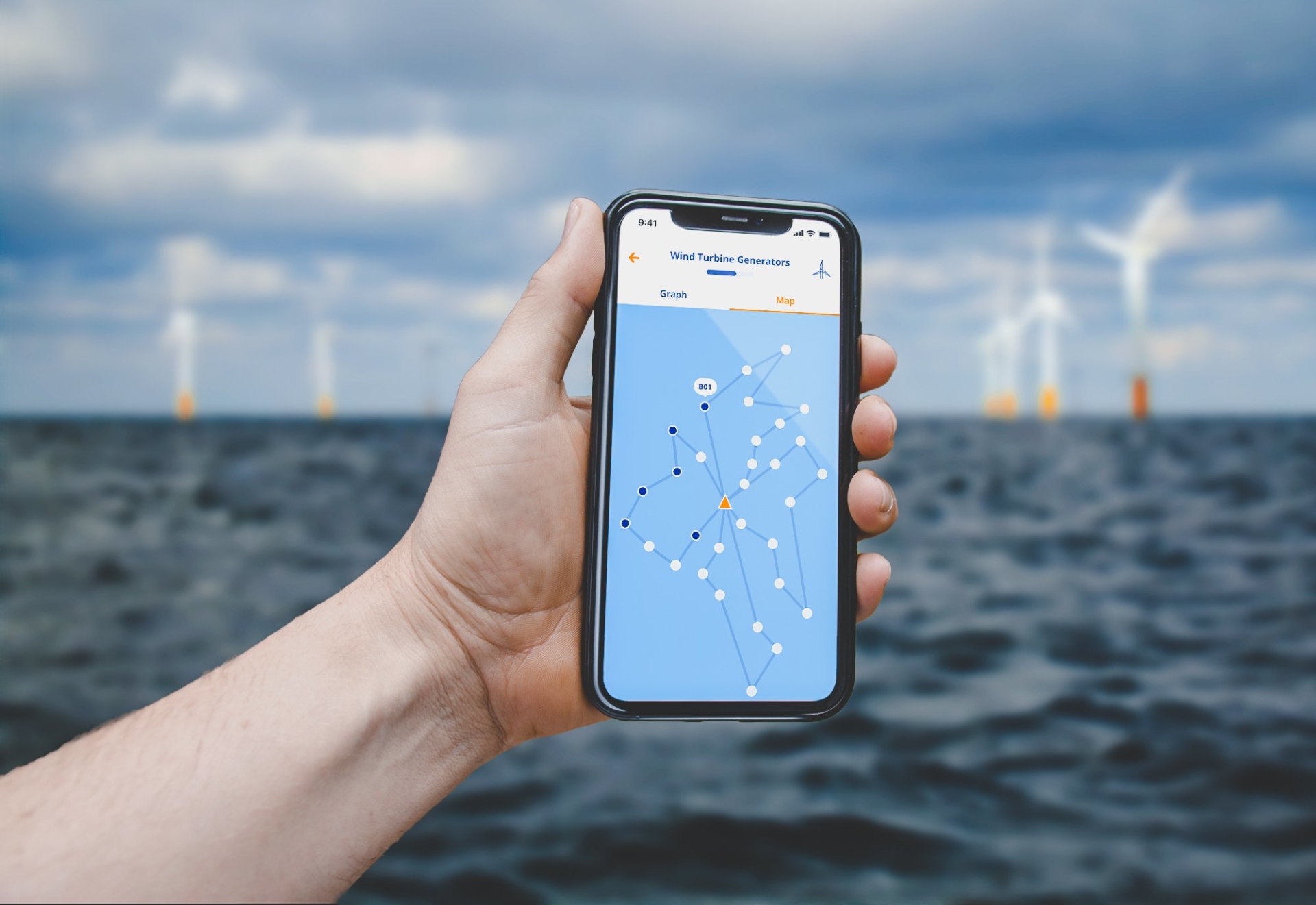Has the corona crisis changed mobility?The mobility sector
- Mobility
- Coronavirus crisis
- Transformation

Menu

Aug 19, 2022
12 min

Rogier Stroband
In an age of tech advancements, the maritime industry swiftly seizes new opportunities and tackles challenges. This blog examines 5 trends reshaping the sector, envisioning a future focused on transparency, efficiency, and safety. Explore the transformative impact of blockchain, AR, VR, robotics, drones, and AI, guiding the maritime sector toward a lasting evolution.
For a successful energy transition in the maritime sector, electrifying industrial production processes and replacing fossil fuels with more sustainable alternatives are crucial. In this context, large-scale electrification and the use of hydrogen offer exciting prospects.
In the Netherlands and on the North Sea, efforts are underway to scale up green wind energy, aiming for the large-scale electrification of critical facilities, including the Port Industrial Complex (HIC) in Rotterdam. Simultaneously, innovative techniques are being developed to produce hydrogen and combine it with other molecules, such as CO2, CO, and nitrogen, using electrons. These revolutionary conversion methods open unprecedented possibilities for an industrial area like the Rotterdam harbor. Here, the industrial complex serves not only as an energy source but also as a buffer during periods of abundant wind energy.

By connecting ships and port equipment through the Internet of Things (IoT) and the use of sensors, various types of data can be collected. This data enables monitoring a ship's health and predicting potential malfunctions even before they occur.
Predictive maintenance through new technologies is a significant development in the industry as it not only reduces unplanned downtime but also significantly improves the overall efficiency of your chain.
The possibilities offered by this form of data collection are endless. For instance, optimizing ship routes allows for more efficient navigation and reduced fuel consumption. Arrival and departure times can also be predicted more accurately, positively impacting the connected logistics chain, such as a railway network or the logistics process in a port.


Augmented Reality (AR) and Virtual Reality (VR) are also making their way into the maritime sector, particularly in maintenance, remote assistance, and training.
AR technology has the potential to help the industry overcome sustainability and efficiency challenges, especially through remote assistance. This allows problems to be analyzed remotely by technicians, even when a ship is in the middle of the sea. It enables onboard staff to receive instructions and perform repairs from anywhere, significantly reducing downtime and increasing operational efficiency.
Another key advantage is the training opportunities. Often working in remote locations, VR and AR allow real-time training using images, PDF files, and 3D models. This training is more effective than traditional methods, preparing employees for unexpected situations. It enables them to simulate complex scenarios and prepare for immediate interventions.

Robots and drones are technologies increasingly applied in various industries, including manufacturing, agriculture, and construction, where drones inspect bridges and buildings or map large land areas and physical structures.
In the maritime sector, they also hold great potential. Robots and drones can reach and explore hard-to-reach or hazardous areas. This not only enhances the safety of crew members but can also bring significant cost savings. Robotic inspections offer an entirely new approach to ensuring safety and efficiency.


The most promising trend in digital developments is undoubtedly artificial intelligence (AI). AI is increasingly integrated into the maritime sector, providing significant benefits on various fronts.
It plays a crucial role in areas such as health and safety, optimizing fuel consumption, and even image recognition for faster detection of hazards at sea.
It is essential to emphasize that AI is not a distant future dream; it is here and already provides tangible benefits for companies serious about their digital transformation.

At Label A, we understand the needs of the maritime sector when it comes to digital transformation and AI. We can develop a platform or app for you that brings together data from various sources to optimize a logistics process or predictive maintenance. We can also assist you with data and customer-driven insights to develop a new digital service or enhance an existing solution. Whether it's making your processes more efficient or ensuring the safety of your fleet, we are ready to support you. Together, we can propel your organization forward and make your digital transformation a success.
We have successfully partnered with other clients such as Van Oord, DPD, and Greenwheels. Curious about our solutions? Explore all our cases.
Do you want to know how Label A can assist you in maximizing the numerous possibilities of digital transformation and information provision? We would love to get to know you! For more information about our services and solutions, please contact Rogier Stroband.

Rogier Stroband
Commercial Director

